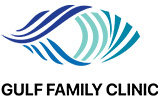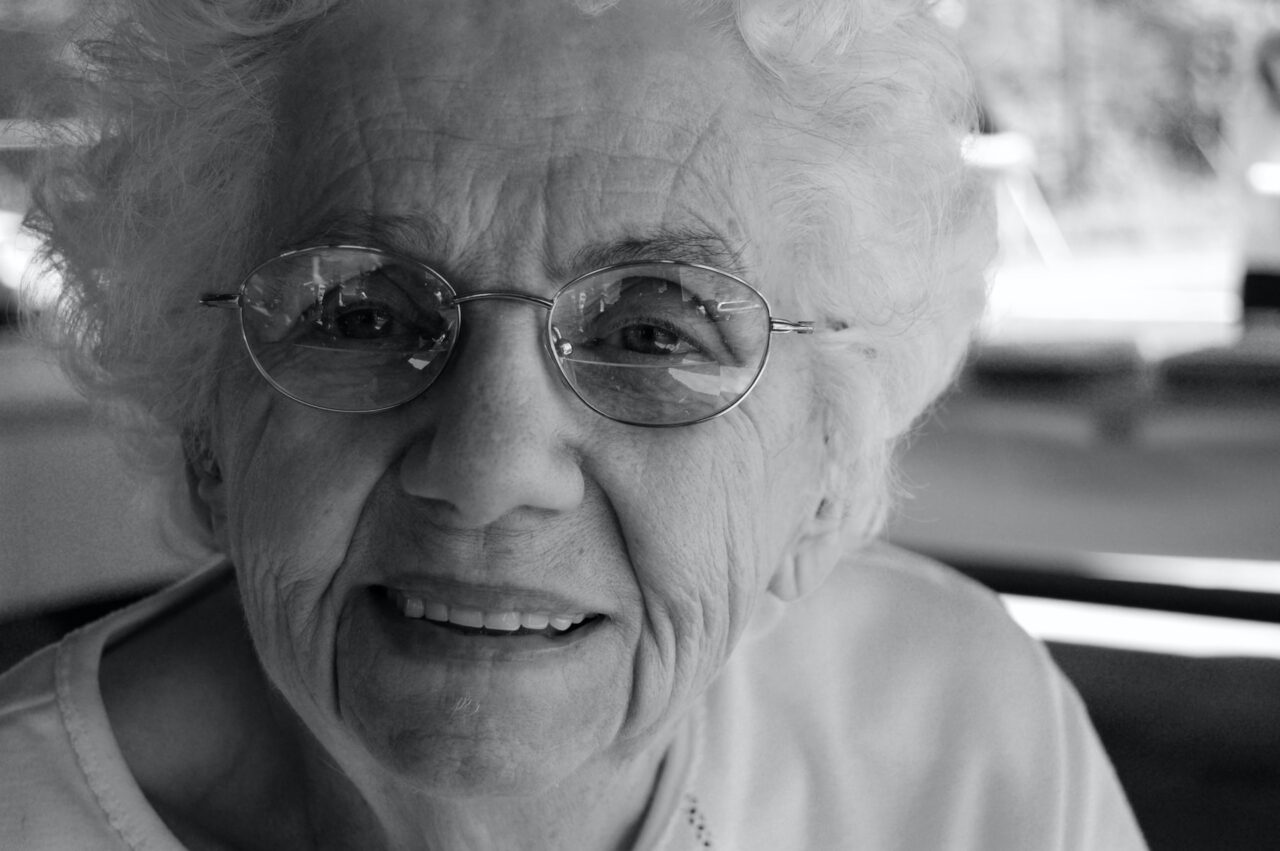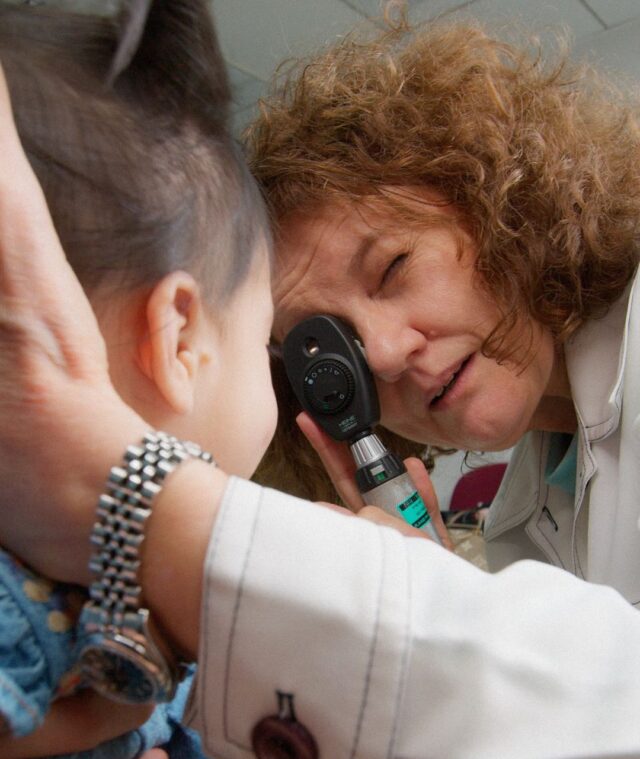Photo by Todd Cravens on Unsplash
Like taxes, aging is an inevitable part of life. No one is spared from physical aging. As we get older, our organs age as well. With age comes a slower cardiovascular system, weakened bones, joints, and muscles, and changes to your cognitive health.
As Dubai’s leading eye doctor can tell you, your vision is no exception to these changes.
In fact, one in three seniors over the age of 65 will have some form of vision-reducing problem. And many of these eye diseases develop painlessly, making it critical that seniors have regular eye exams after age 40, to improve their chances of maintaining good eye health and sight.
The trick to aging well is knowing what lies ahead. Knowing the signs and symptoms of age-related vision conditions will make it easier for you to detect any potential eye diseases early on.
Ready to protect your vision as you age? Here are the five common vision problems associated with aging.
1. Presbyopia
Presbyopia is a normal vision change that our eyes experience as we age. Research indicates that nearly 2 billion people are impacted by vision issues due to presbyopia. Even those with no vision problems in the past may eventually need presbyopia correction as they get older.
As presbyopia develops with age, you may not initially notice symptoms. But in time, you may find that you have difficulty reading small print — you might need to hold it further away, or you require brighter lighting to read small print or detailed material. You’ll also tend to squint more and may experience eyestrain or headaches after reading.
Presbyopia is caused by the lens in your eye losing flexibility. As your lens gets more rigid, it cannot bend/focus light adequately for your needs. This makes it more difficult to do close-up activities, like reading, or applying makeup.
Every person 40-45 years or older will have reduced ability to focus nearby in their current correction. This may start earlier if there is a low level of far-sightedness/hyperopia, and a bit later if having low level myopia/near-sightedness.
Reading glasses or multifocal glasses and/or contact lenses will be the first helpful measures to use.
2. Cataracts
Cataracts are caused by the proteins in your natural lens breaking down, or degenerating. This breakdown causes the proteins in your eye to clump together, losing transparency and resulting in a cloudy area in your lens. To date, cataracts remain the leading cause of treatable vision problems in healthy adults over 40.
Certain habits like smoking, excess drinking, and extended exposure to the sun can cause cataracts to form faster. Certain health problems like diabetes and eye inflammations can also contribute to the development of cataracts.
A serious eye injury, family history of cataracts, and the use of steroid treatments can also cause cataracts. Because cataracts don’t cause pain, there are no early discomforts or symptoms that alert you that you may have cataracts other than vision changes.
Still, there are some symptoms to look out for:
- Blurry vision
- Colors that seem faded or “washed out”
- Sensitivity to light or light glare
- Trouble seeing at night or in low light, such as dawn or dusk
- Double vision from one eye, or each eye
- Frequent changes to your prescription, especially less “+” (plus), or more ”-” (minus)
If you experience any of these symptoms, visit your eye doctor.
3. Glaucoma
As a leading cause of irreversible blindness for people over the age of 40, glaucoma is a serious condition. What’s more, like cataracts and presbyopia, glaucoma presents no sudden early onset symptoms. The effects of the most common form of glaucoma occur gradually until this eye disease is at an advanced stage.
While there is no common cause of glaucoma, the eye disease is generally associated with abnormally high pressure in the eye. If left untreated, the continuous build-up of fluid pressure inside the eye damages the optic nerve and thus can eventually cause blindness.
There are two common types of glaucoma: open-angle glaucoma (more common) and acute angle-closure glaucoma (much less common).
Open-angle glaucoma usually affects peripheral vision first but can eventually cause patchy blind spots closer to the central vision. Symptoms of acute angle-closure glaucoma typically include severe headaches, eye pain, blurred vision, halos around lights, and nausea and vomiting.
Every person with a family history of glaucoma, or going for updates in their reading correction, should be screened for early onset of glaucoma.
4. Age-related macular degeneration (AMD)
As you age, the small central area of the retina of the eye (also known as the yellow fleck or macula lutea) may begin to deteriorate. When this occurs, your visual acuity or ability to perform visual tasks with fine detail becomes hindered. This makes tasks like reading, driving and recognizing faces very difficult.
As another leading cause of blindness, AMD is highly prevalent in older populations of European descent with lighter complexion.
Certain conditions such as high axial myopia — a longer than average eyeball — and some connective tissue diseases, may also feature central retinal degeneration.
Globally, it is estimated that AMD will affect nearly 300 million people by 2040. And like other age-related eye diseases, macular degeneration is generally asymptomatic until the advanced stages occur.
When symptoms do present themselves, they appear as considerable distortion in the center of your vision. Your vision might also become blurry, or have blind spots, making it difficult to read small print or perform visual-related tasks like driving.
Another warning sign of advanced AMD is if straight lines appear wavy or curved in your field of vision, or while you read. You’ll need to see your eye doctor immediately when this occurs.
Two main types of macular degeneration occur: “Dry” macular degeneration, where the retinal tissue just deteriorates and atrophies/vanishes gradually; or “Wet” macular degeneration, where fragile tiny new vessels form which easily bleed, causing a sudden large blind spot.
5. Diabetic retinopathy
People with diabetes are more susceptible to certain complications like heart disease, kidney damage and nerve damage. Another long-term complication of the poor mismanagement of diabetes is diabetic retinopathy, that results in vision loss.
This type of eye condition involves the tiny blood vessels in the retina, decreasing their circulation. This restricted flow of blood deprives the retina of oxygen and nutrients. This can cause the vessels to swell and leak or even bleed.
Abnormal new blood vessels can grow, and these new vessels tend to be fragile and less stable. The leakage of these new blood vessels can form scar tissue, or fluid accumulation with blister-like retinal detachment.
Leaking vessels may actually bleed, thus releasing blood into the normally transparent Vitreous eye gel filling the eyeball cavity (behind the pupil and lens).
Symptoms of diabetic retinopathy can include:
- An increased number of dark strings (floaters) in your vision
- Blurred vision
- Fluctuating vision (blurry to clear)
- Impaired color vision
- Dark or empty areas in your vision
- Poor night vision
Poorly controlled Diabetes can also contribute to cataracts and both open-angle and angle closure glaucoma.
Ways to prevent eye problems
As you age, take the frequency of your eye doctor visits into consideration. Fortunately, most of these eye conditions are treatable or preventable with early diagnosis and the right appropriate measures.
Be sure to visit your eye doctor or ophthalmologist once a year to have a complete eye exam done.
Your ophthalmologist will perform several eye tests to diagnose you for any age-related eye diseases. These tests include:
- Visual acuity test in best correction
- Detailed slit lamp exam of the eye anatomy: eyelids, eye surface, cataracts
- Pupil dilation for a detailed retinal view
- Tonometry for eye pressure
- Tear film quality for dry eyes
Each test is necessary to help your ophthalmologist obtain more accurate readings on the conditions of your eyes. Even if you present no symptoms, annual visits are vital for catching any eye diseases before they reach their advanced stages.
Overall health also plays a critical role in how healthy your eyes are as you age. A well-balanced nutrient-rich, low-carb diet and physical exercise can positively contribute to the slowing or halting of progressive eye problems as you get older.
Certain vices like tobacco and excessive alcohol can have detrimental effects on your vision, particularly as you age. To keep your eyes functioning optimally no matter your age, consider quitting smoking and limiting alcohol use.
Staying ahead of age-related vision loss
While aging is inevitable, vision loss doesn’t have to be. If you’ve experienced any of the symptoms above, consider booking an eye appointment with your ophthalmologist today. Likewise, if you’re over the age of 40, be sure to have regular eye examinations once a year.
A simple yet effective eye screening at an eye center can go a long way in combating any potential vision impairments you may have in the future.
At Gulf Eye Center, we believe great vision is priceless. Contact us to schedule an appointment with one of our highly qualified eye doctors today.








